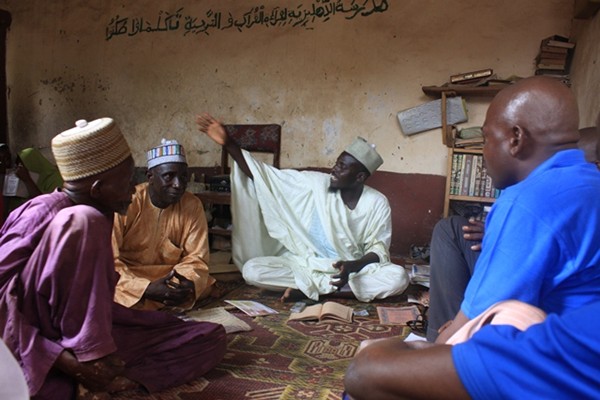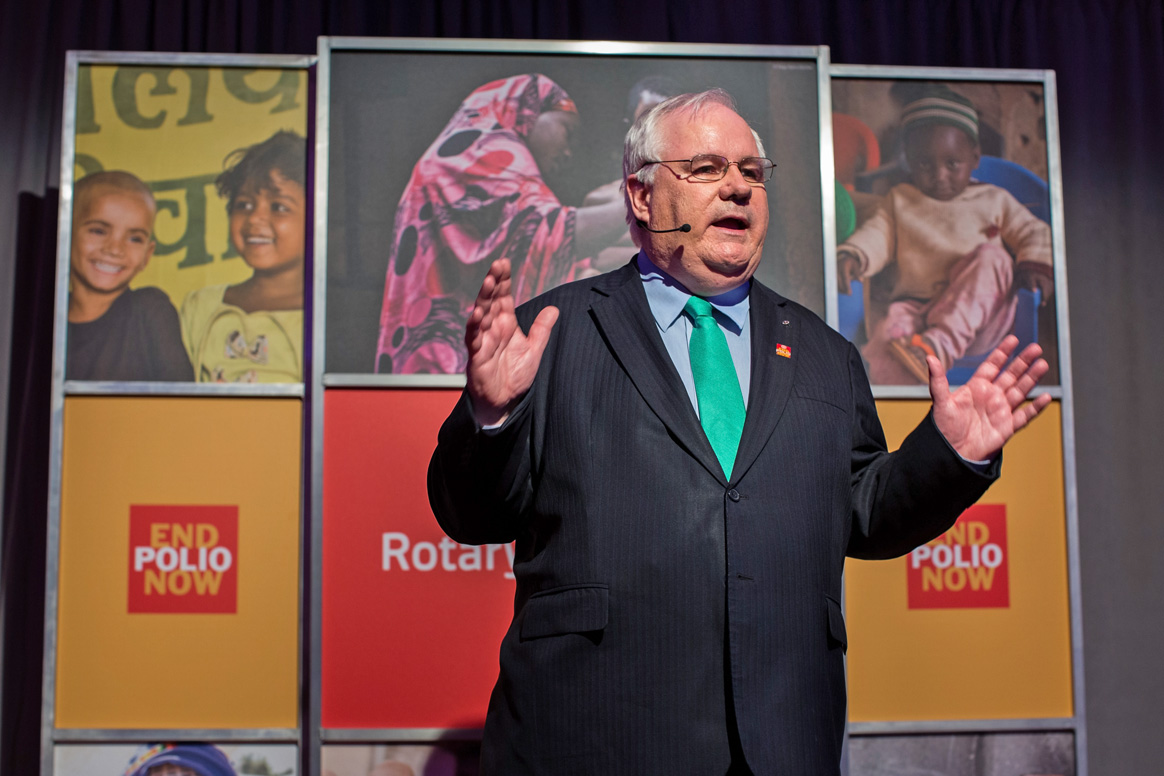
8 November 2012 – The crisis in Africa’s Sahel region continues. According to the Food and Agriculture Organization, 18.7 million people face food and nutrition insecurity and more than a million children under five years of age are at risk of severe acute malnutrition. With refugees continuing to file into camps across the region, the risk of an outbreak is heightened. Undernourished people, close quarters and a lack of flushing toilets mean that camp conditions are almost perfect for diseases like polio to spread.
So this is a bad time for immunization rates in the border state of Sokoto, Nigeria to be falling. Poliovirus from Sokoto has a history of travelling across borders and infecting neighbouring countries – including some of those worst-hit by the crisis. Yet the state has reported a worrying decrease in population immunity, with almost a third of all children under five recorded as being under-immunized. Lot Quality Assurance Sampling (LQAS) data from recent polio vaccination campaigns has shown a steady decline in children being vaccinated since May. And while Sokoto has reported a deceptively low eight cases so far this year, environmental surveillance regularly detects wild poliovirus and the state has reported a case of circulating vaccine-derived poliovirus type 2 – sure signs that too few children are immunized.
Previously primarily concerned with the obvious troubles of Katsina and Kano states, the world of polio eradication is now turning its attention to Sokoto, focusing on improving the quality of polio vaccination campaigns in the state – including through the use of Global Information Systems (GIS) mapping technology. And to help prevent the spread of the virus across borders, polio vaccine continues to be administered periodically at refugee camps, while funding has been scraped together for two multi-country polio vaccination rounds across west Africa – one of which took place at the end of October with another to take place on the 23-26 November.



